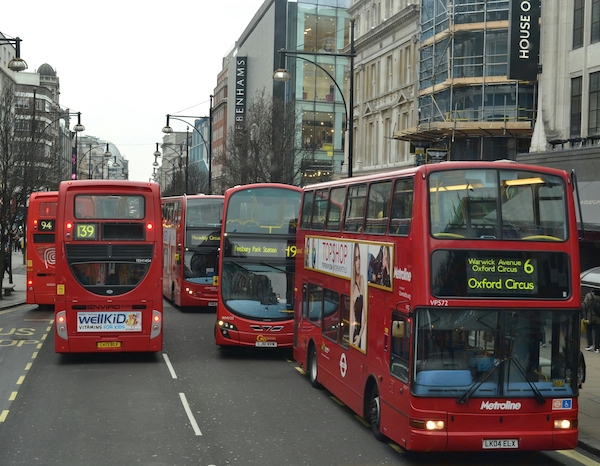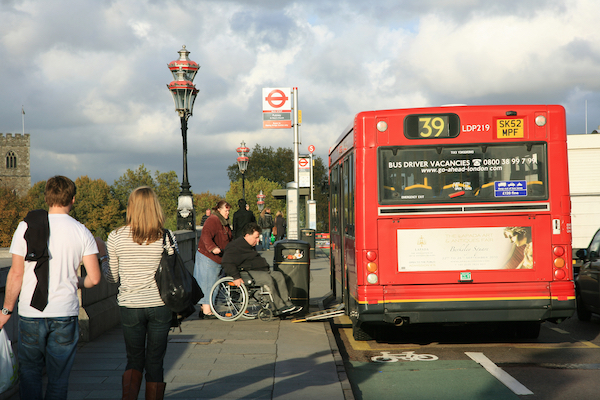The train network (tracks, signals, bridges, stations etc) is owned by the government under the name Network Rail.
The trains are usually run by private companies. Some companies run faster (and usually more expensive) services than others, even to the same places. From 2024, a government-run organisation called Great British Railways will take over.
It is very important that you have a ticket for the correct train company. If you don’t, you might have to buy another ticket or pay a fine.
Tickets can usually be bought as ‘singles’ (one-way) and ‘returns’. You can buy a return ticket for the same day (a ‘day return’) or for coming back on a different day.
It is usually cheaper to buy a return ticket than two single tickets.
All tickets are valid up to 04.29 the day after. This means you can return very late without having to buy a new ticket.
Children aged 5–15 have cheaper tickets; under 5s are free.
Booking in advance usually gives you the best price. Each rail company has its own website, but there is also a national site where you can find timetables, tickets and live travel updates, www.nationalrail.co.uk. This site will tell you which rail company is providing the journey. If you can be flexible about when to travel, the website’s Cheapest Fare Finder is very useful. However, the website is confusing and difficult to use when booking tickets. A commercial website, www.thetrainline.com is much better and easier to use, but does charge a small booking fee. NOTE: When looking at ticket results, make sure to scroll all the way down the page to see all available ticket types.
These are other ways to save money:
- Buy a Flexi Season ticket (available online from your local train company). It is valid for 28 days and is made of 8 one-day passes for unlimited travel between 2 stations. It is designed for people travelling at peak times 2-3 times per week.
- Use a Railcard (see question below).
- If you have a London Travelcard, this can sometimes give you money off national travel because you only need to pay for the journey beyond London.
- Buy a season ticket if it is a journey you make regularly. The National Rail website has a useful online calculator to see how much you could save.
- Use a split fare website (search online). Ticket prices between stations are often set to a certain price. Sometimes you can get your journey cheaper by buying different parts of your journey separately.
- Book your train ticket at least 12 days in advance.
- If you’re travelling via London, check the price of your journey to London and then from London to your final destination. There can be a big saving (especially if you are taking children or returning on the same day) because London is among the cheapest destinations. For example, for a journey from Birmingham to Portsmouth, it might be cheaper to buy tickets from Birmingham to London return, and from London to Portsmouth return. You might need a bus or underground ticket to travel across London as well, but even with that included the overall trip cost could be a lot cheaper.




